Secret Chamber at Great Pyramid of Giza Discovered by Archaeologists
Archaeologists may have uncovered a new secret beneath the Western Cemetery in Giza, Egypt.
Among the mastabas of King Khufu’s elite, an intriguing find includes an empty above-ground section that leads to a complex of buried ancient structures.
Mysteries of The Pyramid
An L-shaped structure, revealed near the surface, connects to a larger structure deeper underground
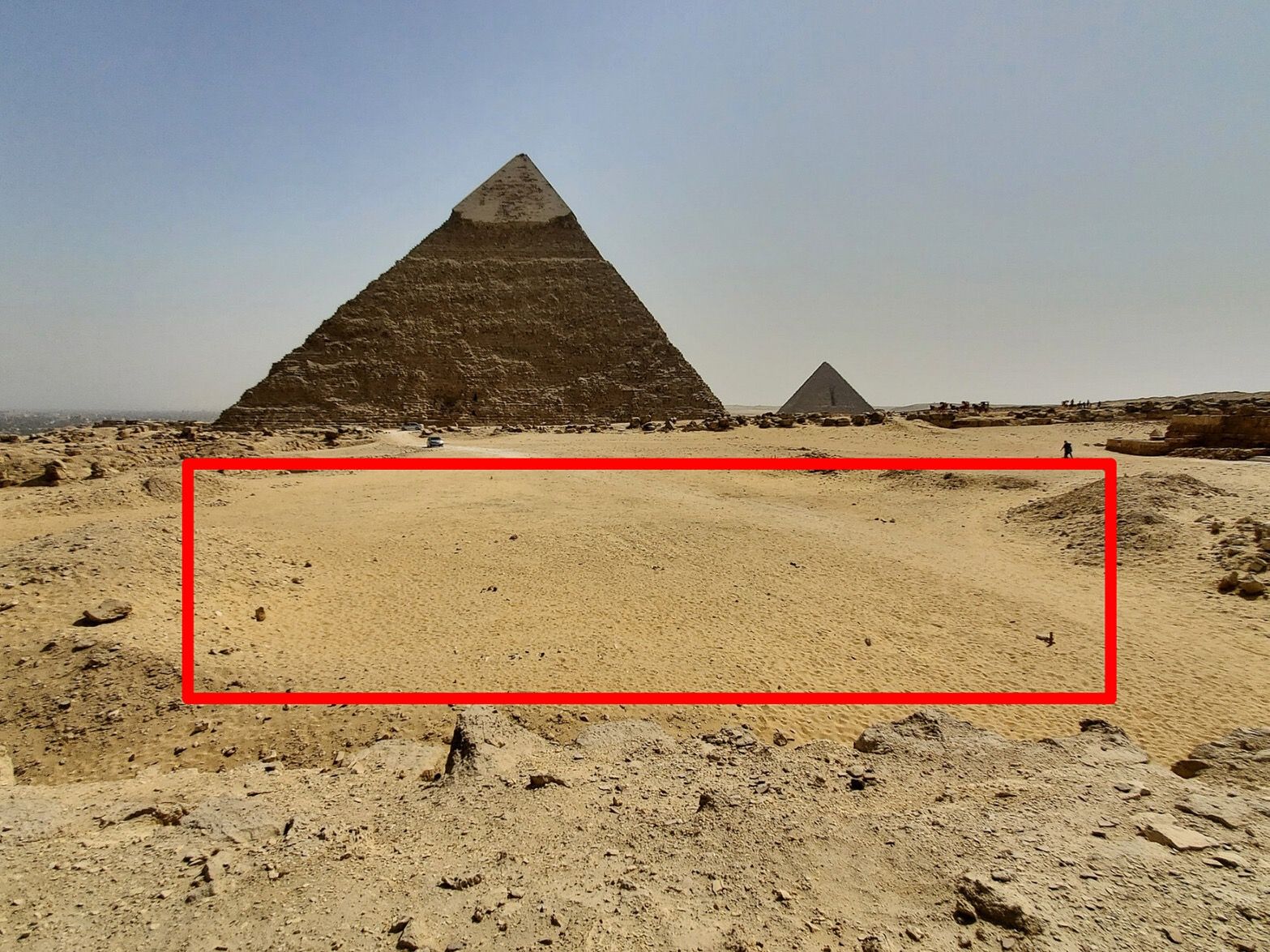
Source: Motoyuki Sato
This adds to the mysteries awaiting discovery in this historic land.
What Does The Researcher Think?
Tohoku University researcher, Motoyuki Sato played a key role in the discovery.

Source: Kinori, Wikimedia
Sato noted that the corners of the L-shaped structure are so precise and “too sharp” to have formed naturally.
Humans May Have Been Involved
The detailed construction of the L-shaped structure indicates human involvement
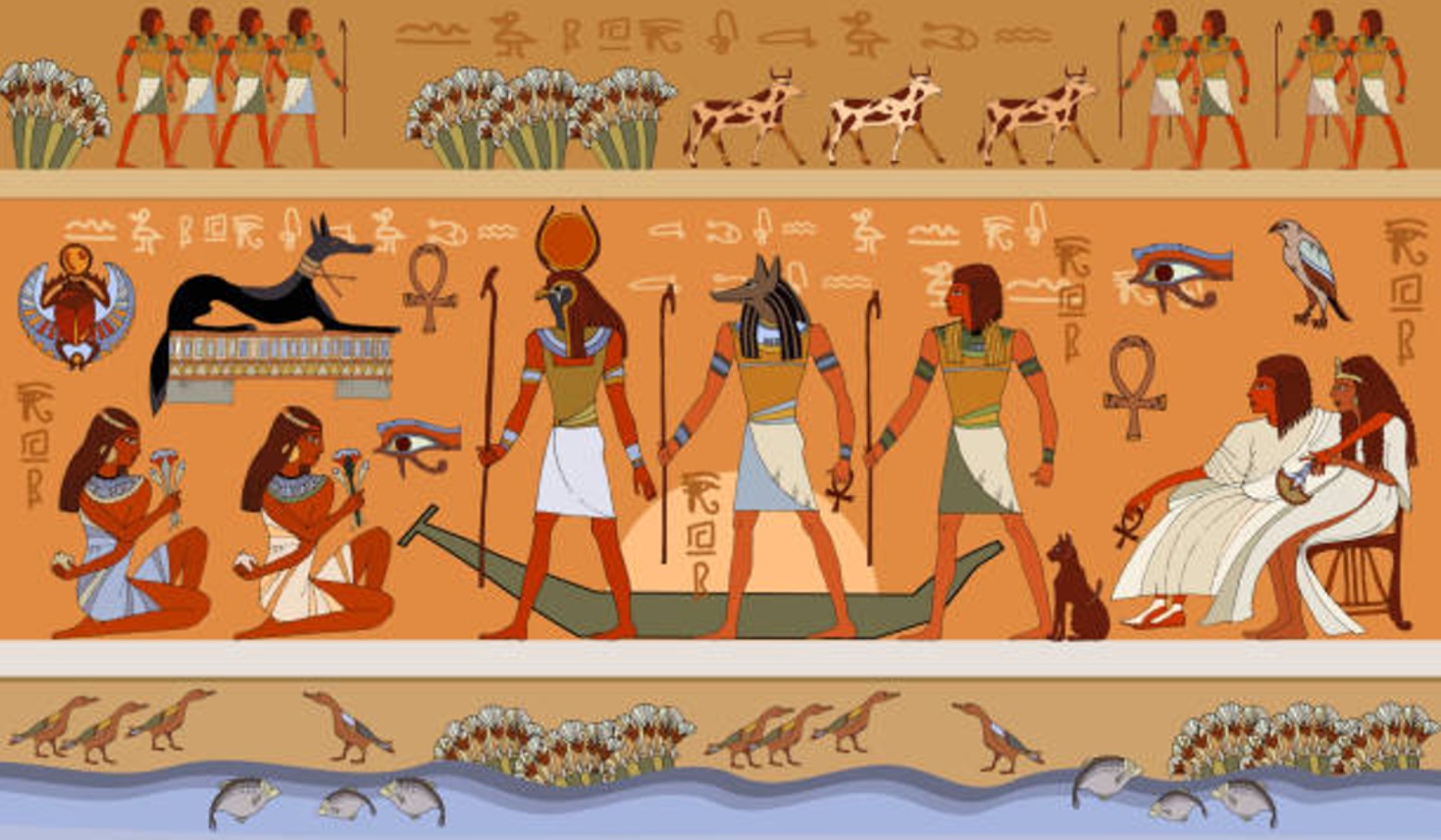
Source: iStock
This could possibly explain why a significant portion of the crowded necropolis remains untouched above the sand.
Possible Remnants
In a paper published in the journal Archaeological Prospection, researchers suggest that these features could be remnants of an ancient tomb
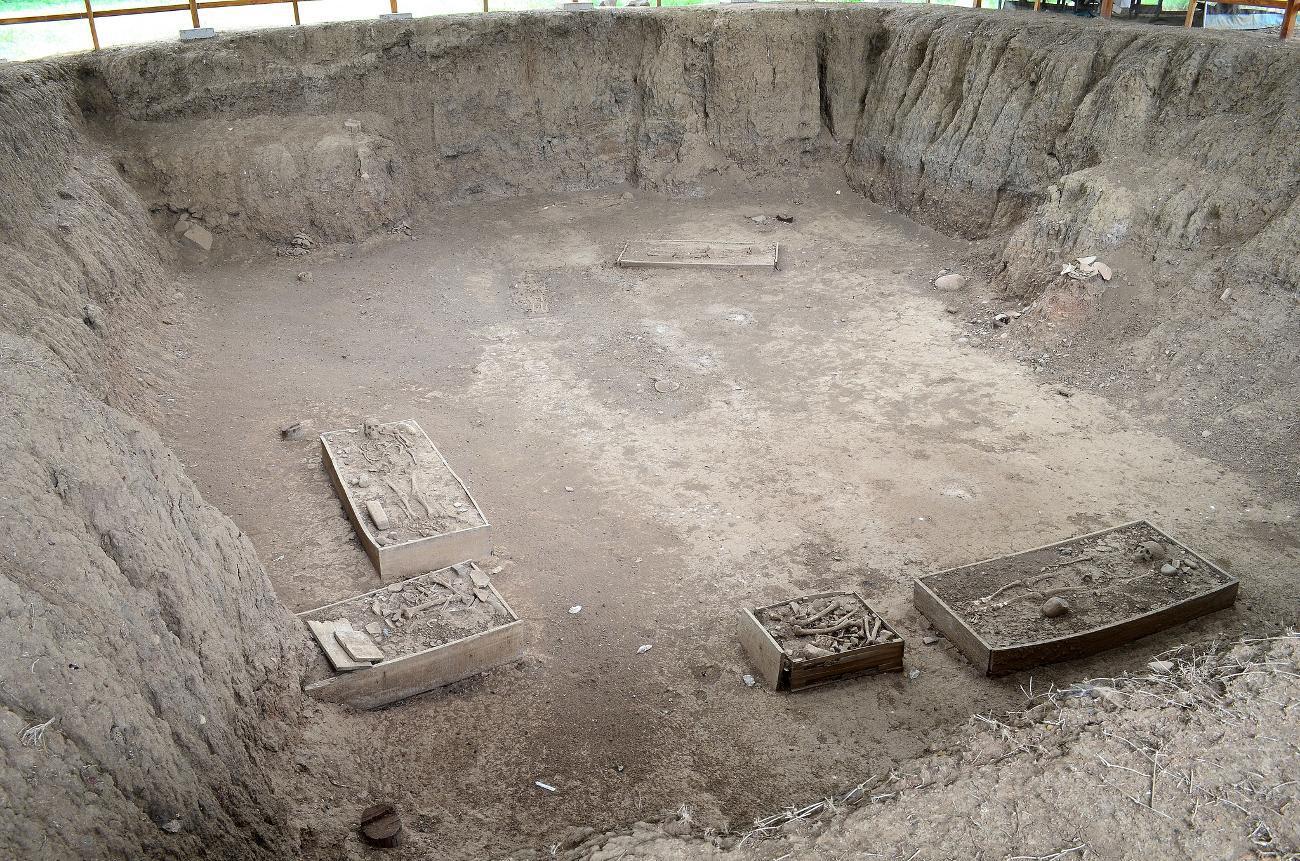
Source: Wikipedia
However, this discovery raises more questions than it answers.
Use of Modern Technology
Unlike the labor-intensive excavation methods of the past, modern technologies have revolutionized archaeology.

Source: Wikimedia
Using ground-penetrating radar (GPR) and electrical resistivity tomography (ERT), researchers from Higashi Nippon International University, Tohoku University, and Egypt’s National Research Institute of Astronomy and Geophysics unearthed this hidden historical artifact without the need for physical digging.
Detailed Mapping
GPR provides detailed mapping of shallow underground features using electromagnetic waves, while ERT identifies deeper structures like walls and shafts, offering valuable information despite less precision.
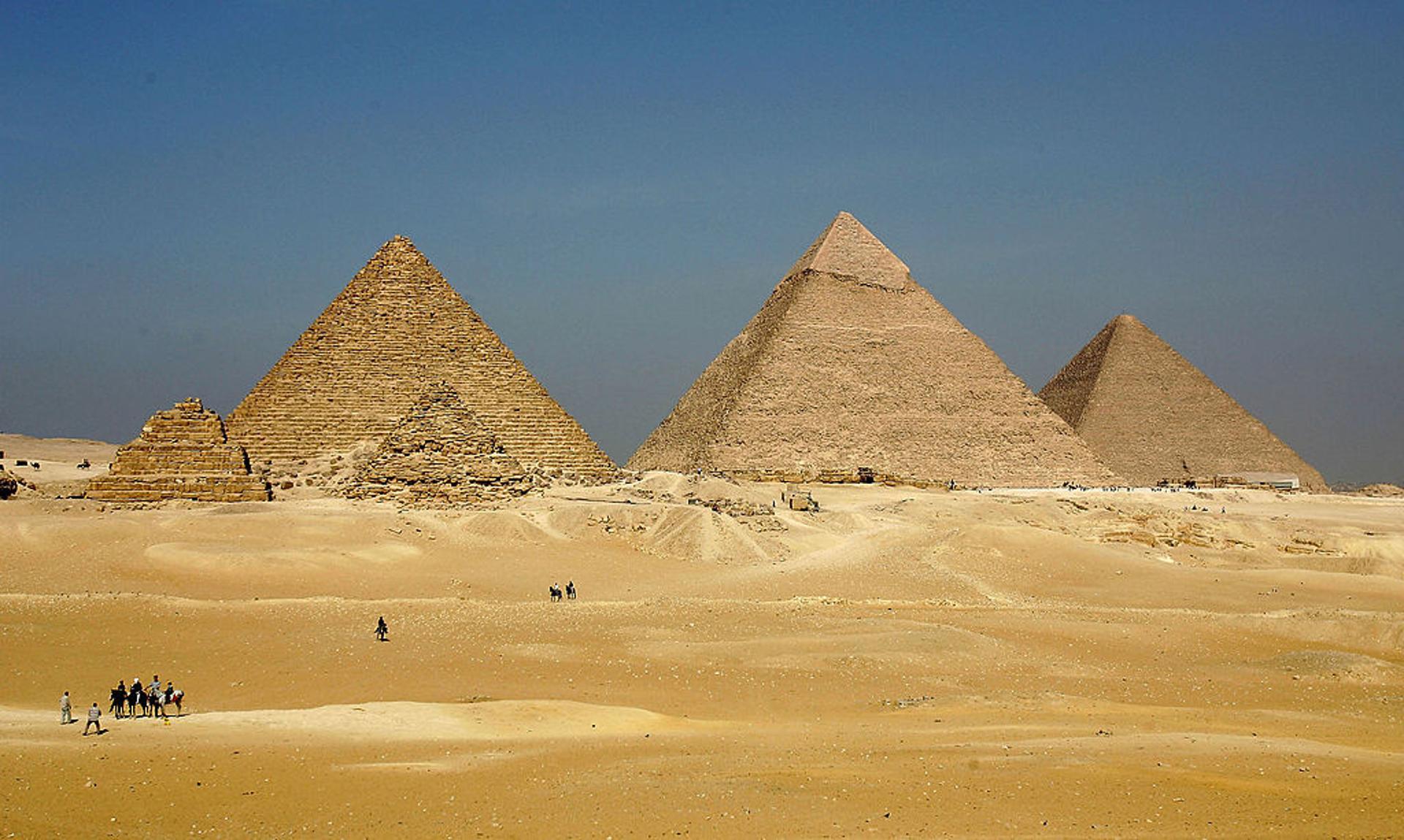
Source: Sean Gallup/Getty Images
This advanced approach has illuminated new aspects of this ancient site between 2021 and 2023.
Combination of Modern Technologies
By combining GPR, ERT, and satellite data, the team discovered an L-shaped structure.
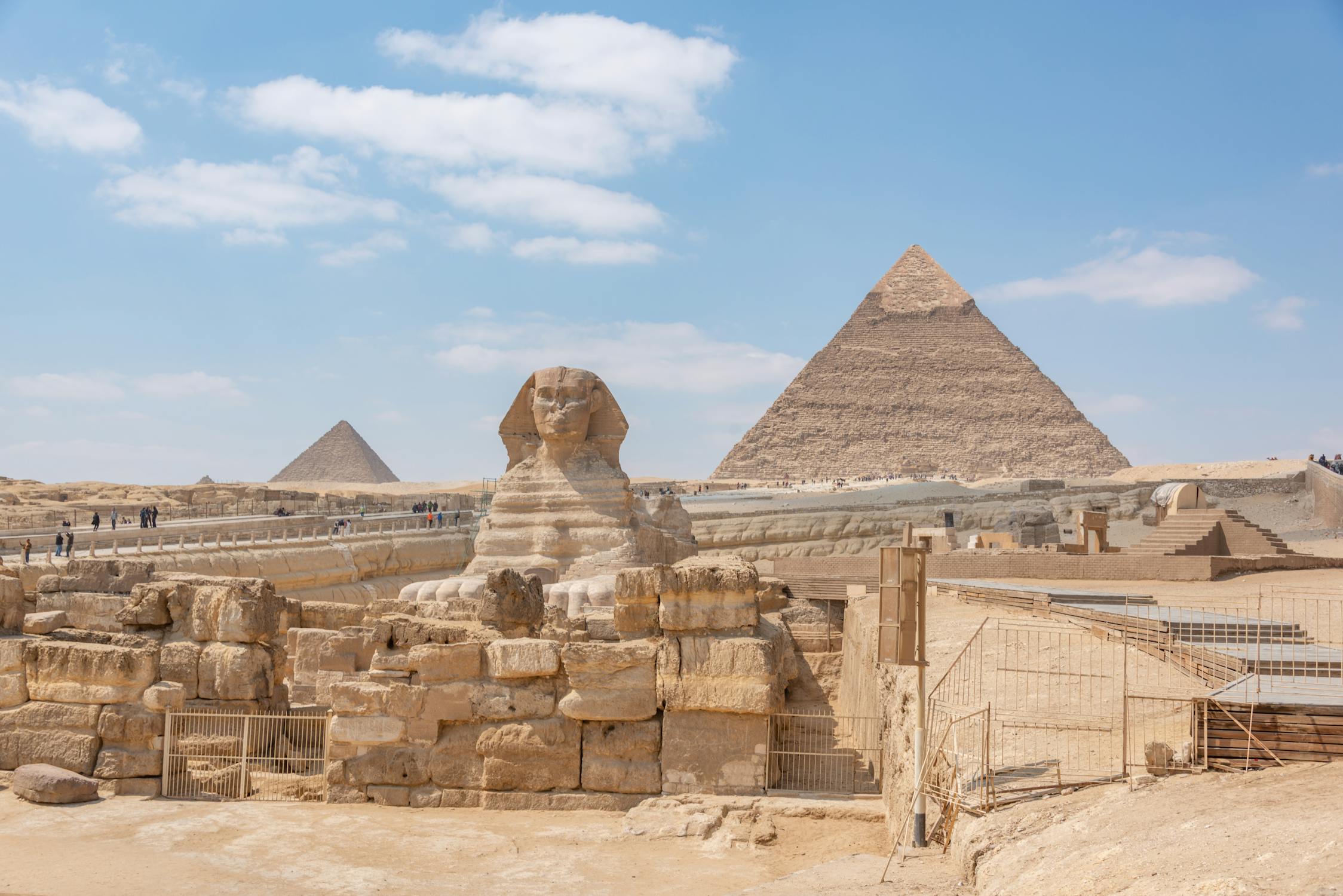
Source: Diego F. Parra/Pexels
The structure measured around 32 by 50 feet, buried at depths of 1.6 to 6.5 feet.
Deeper Underground Structure Also Identified
Additionally, they identified a larger 1,000-square-foot structure located deeper underground.
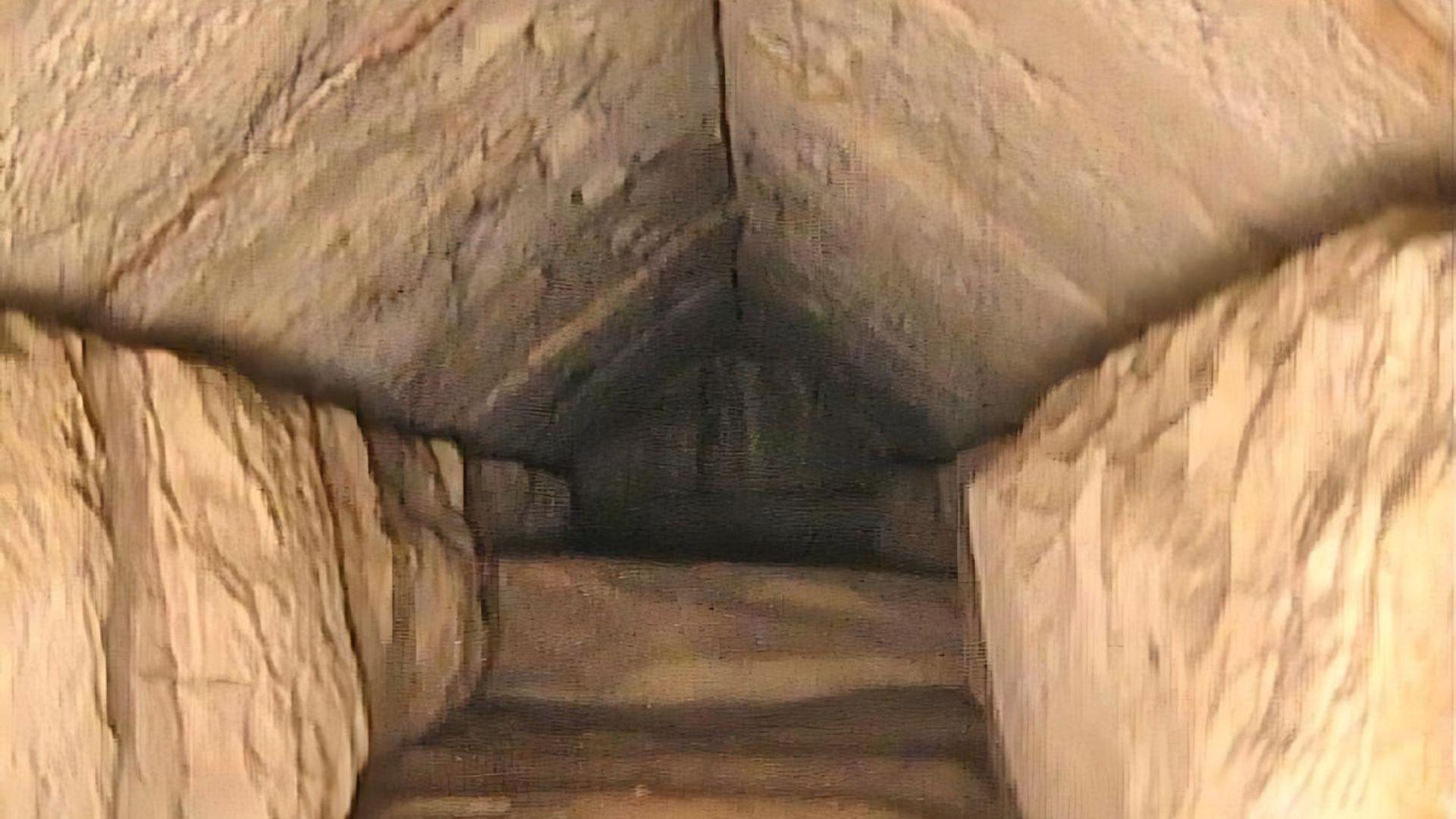
Source: @Rainmaker1973/X
This structure measured between 11.5 and 33 feet below the surface, surpassing the depth of the L-shaped formation.
Possible Deterrent
The researchers observed that the shallower L-shaped structure had been filled with sand at some point.
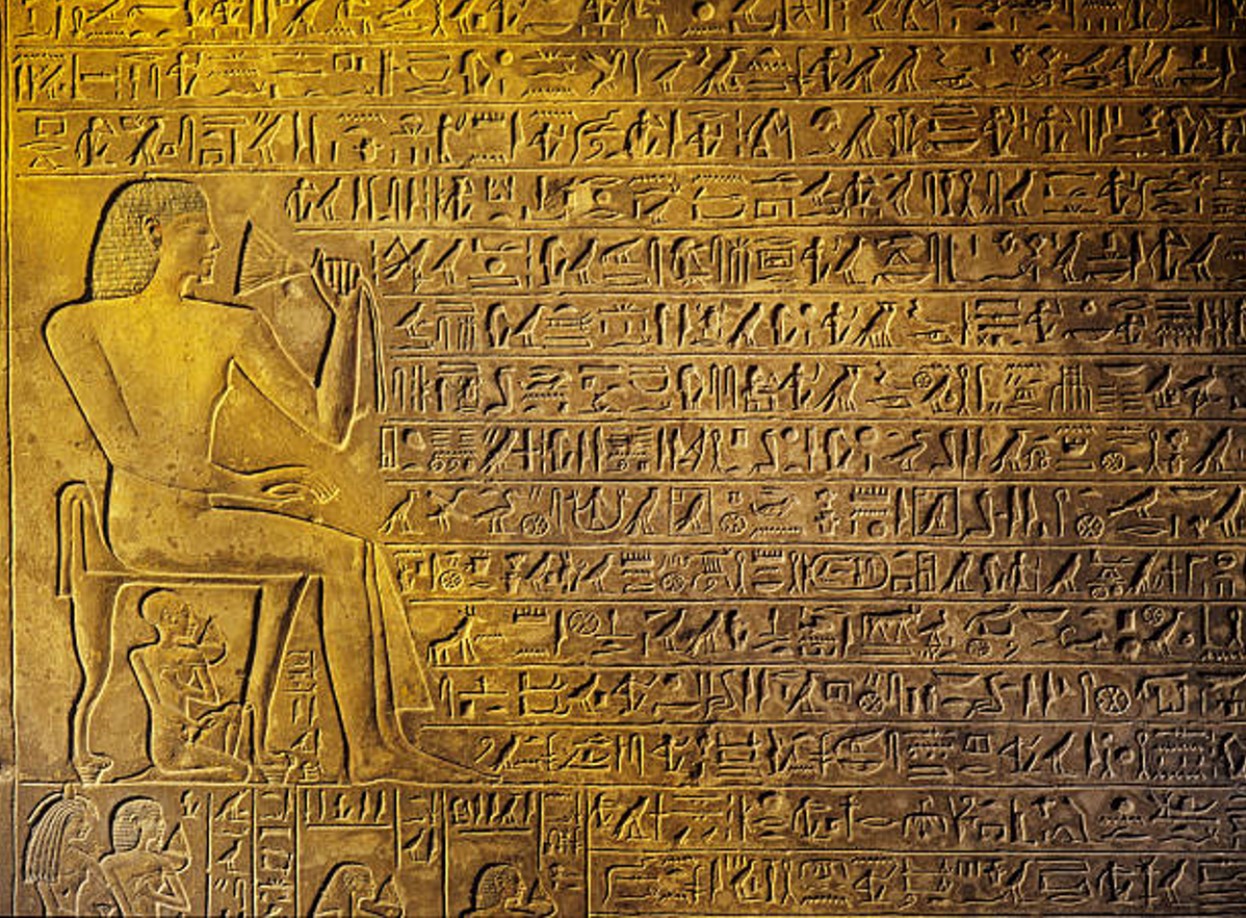
Source: iStock
This suggests it might have served as a passageway to a lower tomb, a common practice among ancient Egyptians to deter intrusion.
More Insights Needed
While GPR and ERT offer valuable insights into underground archaeological features, there are limitations.
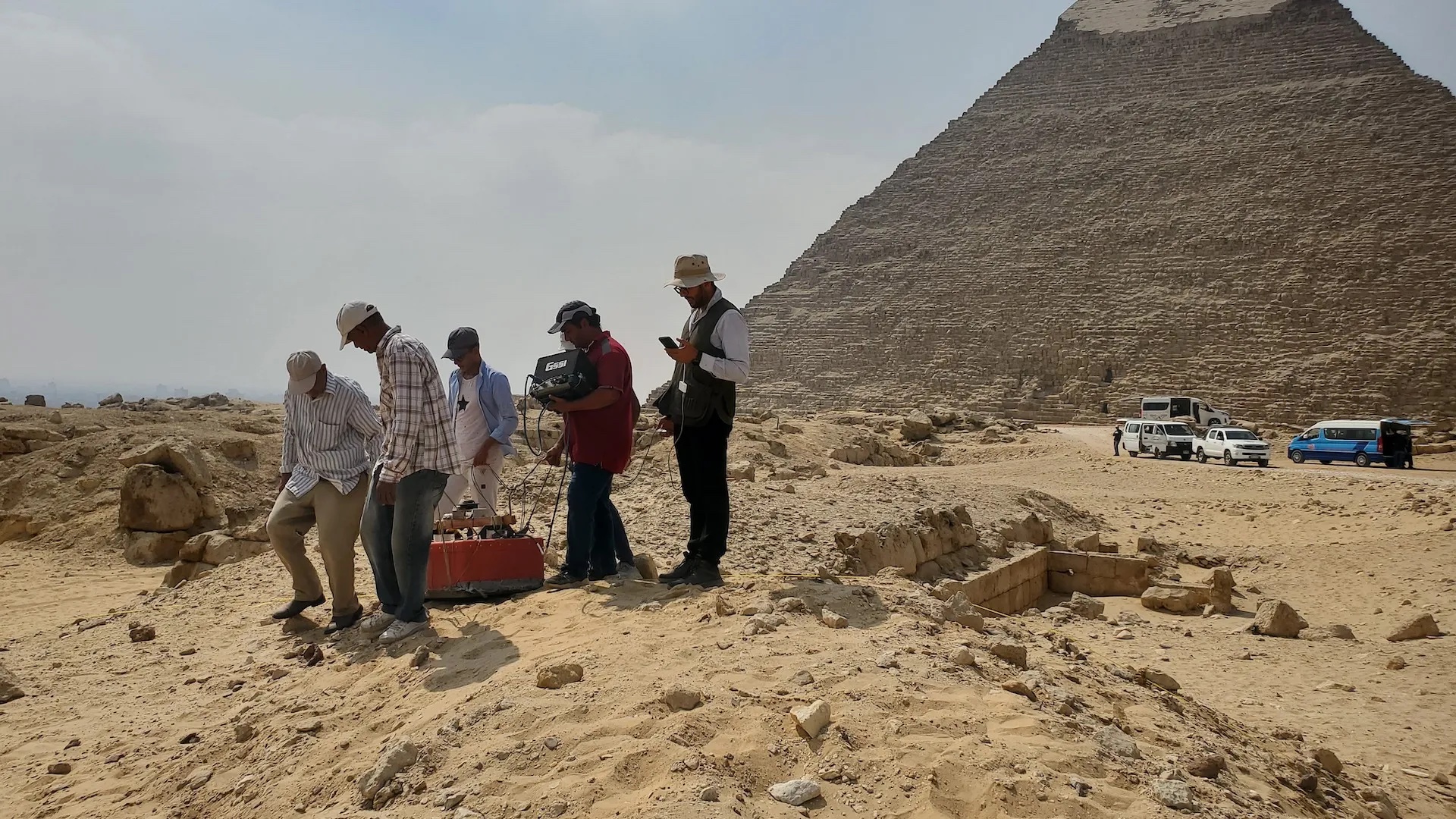
Source: Motoyuki Sato
Discrepancies in the data from the two methods were noted, and anomalies may be exaggerated.
The Mystery Remains
Although such a discovery was made, a mystery remains.
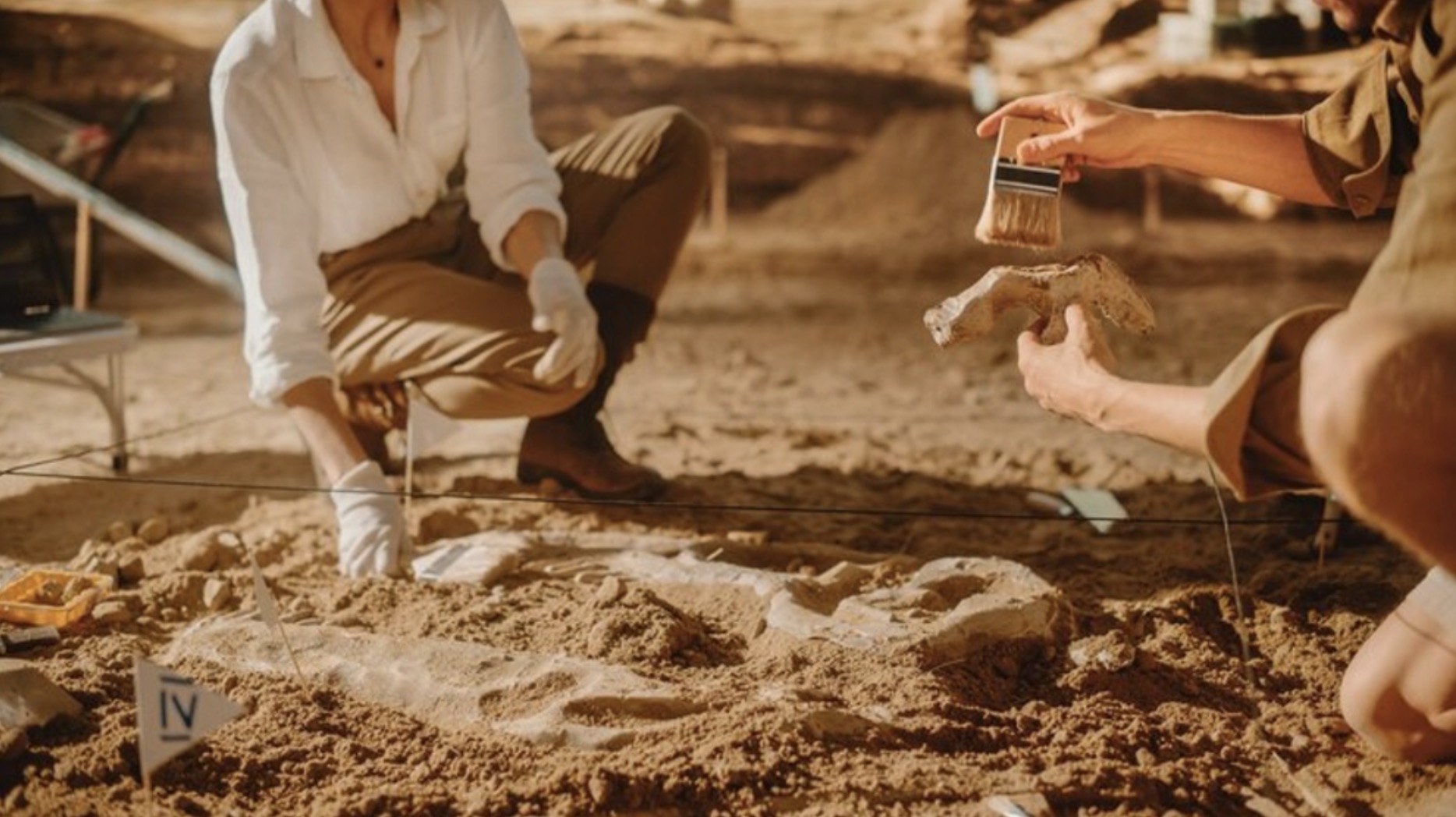
Source: Wikimedia
The contents of the deeper structure will need to be further studies to determine whether it is filled with sand or completely void of artifacts.
